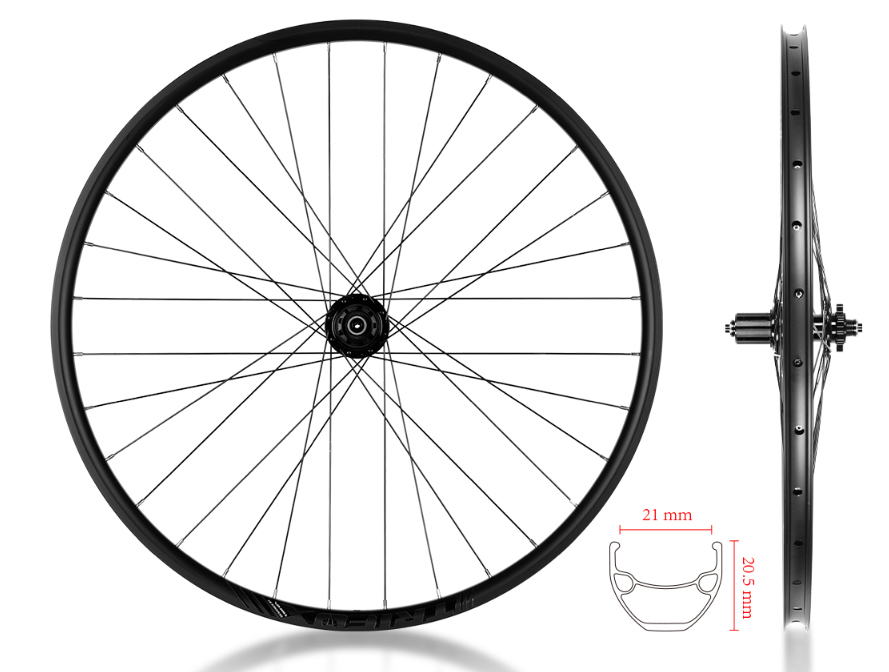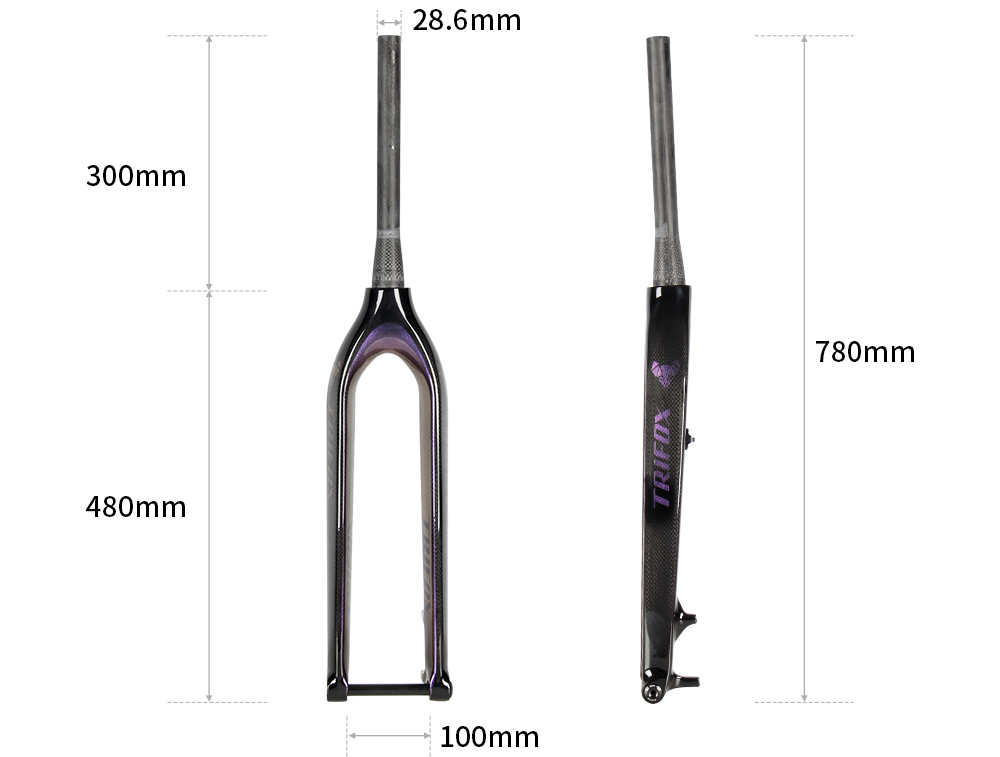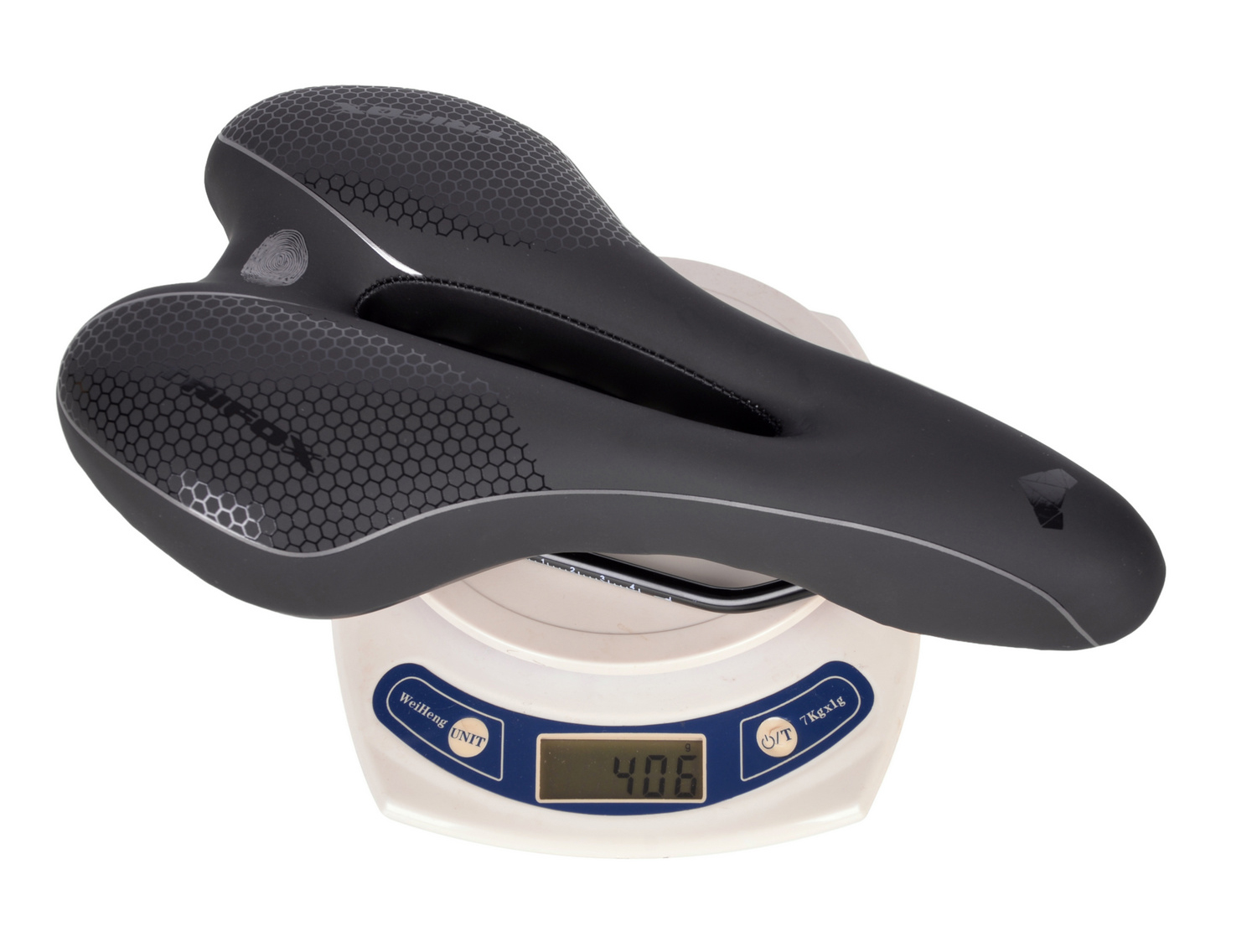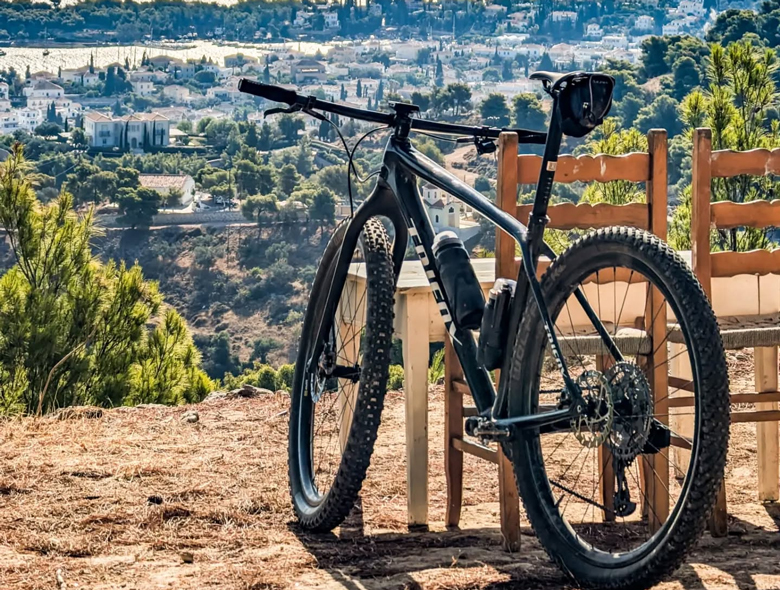Maintaining your bike tires is essential for a smooth and safe ride. Whether you're a seasoned cyclist or a weekend warrior, knowing how to change and maintain your bike tires can save you time, money, and frustration.
Changing Your Bicycle Tire
Step 1: Remove the Wheel
1. Release the Brakes: Open the brake lever to free the wheel.
2. Loosen the Axle Nuts or Quick Release: Use a wrench or release lever to detach the wheel from the frame.
Step 2: Remove the Old Tire
1. Deflate the Tire: Let out any remaining air.
2. Use Tire Levers: Insert tire levers under the bead of the tire and pry it off the rim.
Step 3: Install the New Tire
1. Check for Debris: Inspect the rim and tire for any debris or sharp objects.
2. Insert the Tube: Slightly inflate the new tube and place it inside the tire.
3. Mount the Tire:Start at one side and work the tire onto the rim using your hands or tire levers.
Step 4: Inflate the Tire
1. Check the Pressure: Inflate the tire to the recommended pressure indicated on the sidewall.
2. Reattach the Wheel: Secure the wheel back onto the frame and close the brake lever.
Maintaining Your Bicycle Tire
Regular Inspection
1. Check for Wear and Tear: Regularly inspect your tires for signs of wear, such as cracks, cuts, or bald spots.
2. Inspect Tread Depth: Ensure the tread depth is adequate for good traction.
Proper Inflation
1. Monitor Tire Pressure: Check tire pressure before each ride. Under-inflated tires can cause poor handling and increased wear.
2. Use a Quality Pump: Invest in a reliable pump with a built-in pressure gauge for accurate readings.
Cleaning and Storage
1. Keep Tires Clean: Wipe down your tires after rides to remove dirt and debris.
2. Proper Storage: Store your bike in a cool, dry place away from direct sunlight to prevent tire degradation.
Rotating Your Tires
To ensure even wear, consider rotating your tires every few months, especially if you notice uneven tread wear. Swap the front and rear tires, as the rear tire typically wears out faster due to the additional weight and force.
Dealing with Flats
1. Patch Kits: Carry a patch kit and a mini pump on your rides to fix flats on the go.
2. Spare Tubes: Always have a spare tube in case of a major puncture.

Advanced Maintenance Tips
1. Use Tire Sealant: For tubeless tires, use sealant to prevent flats.
2. Align Your Wheels: Make sure your wheels are properly aligned to avoid uneven tire wear.
3. Check Spokes and Rim: Regularly inspect spokes and rims for damage that could affect tire performance.
By following these steps, you'll ensure your bike tires provide a smooth and reliable ride. Regular maintenance not only extends the life of your tires but also enhances your overall cycling experience. Happy riding!




















































































